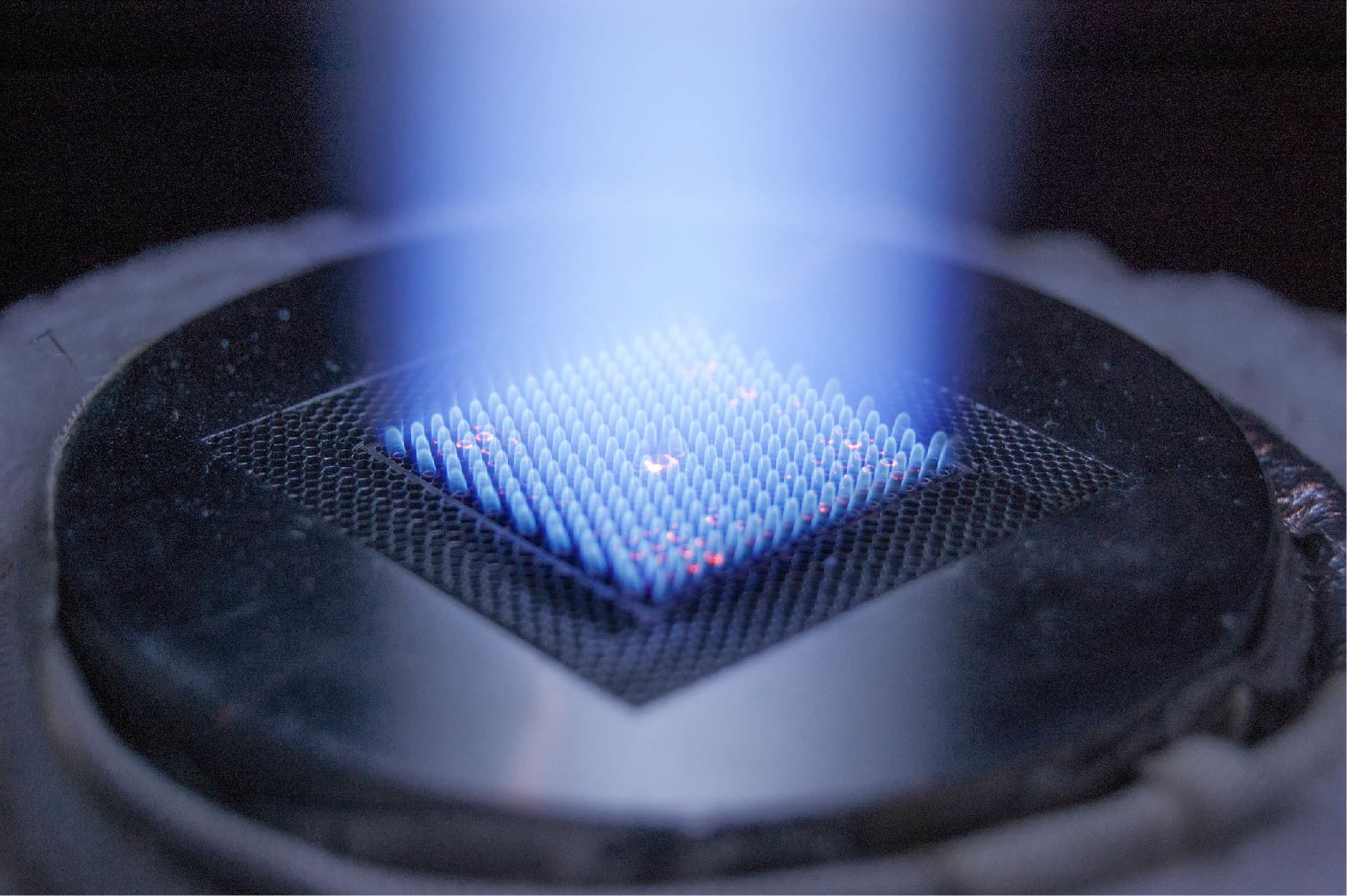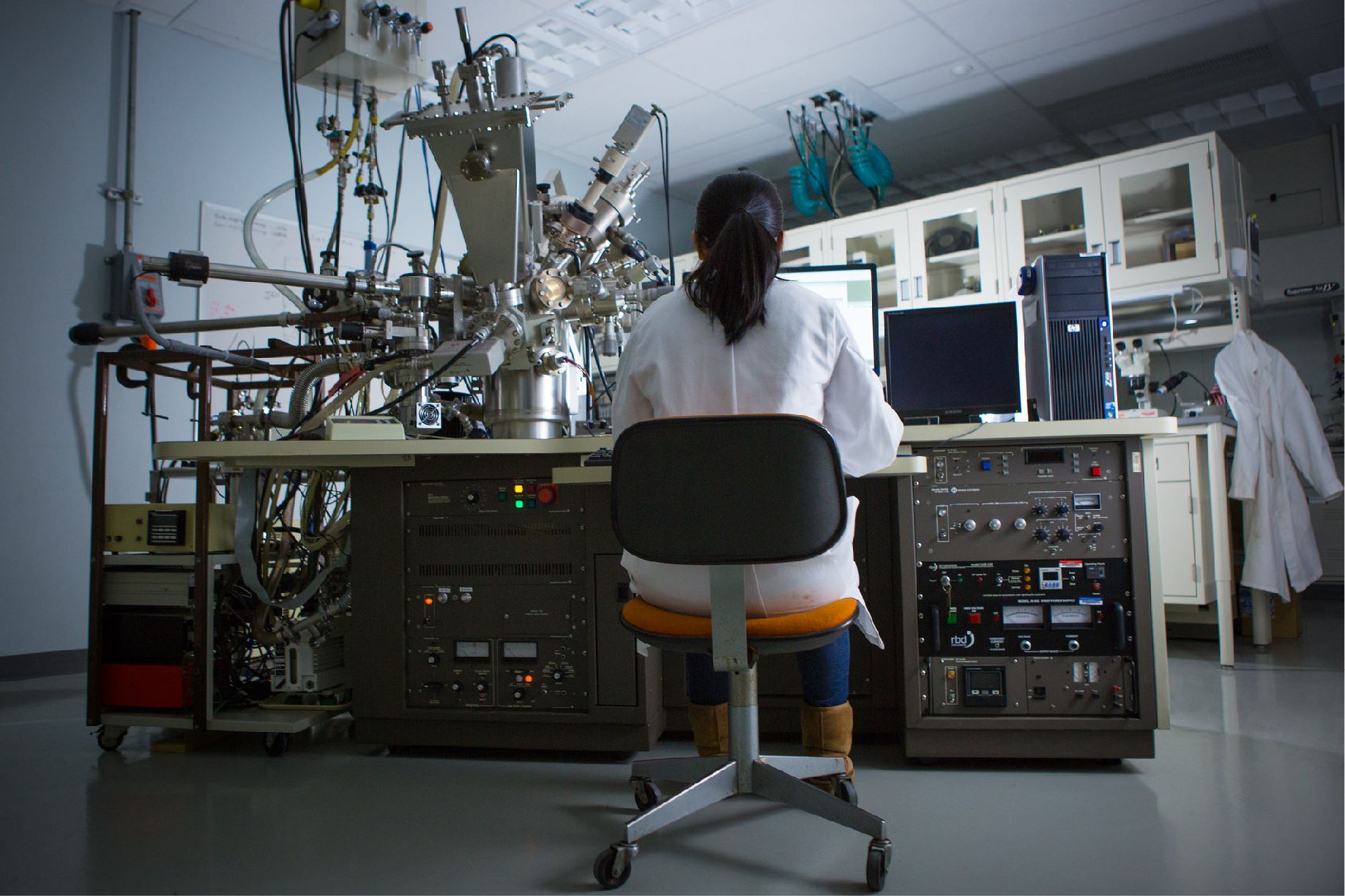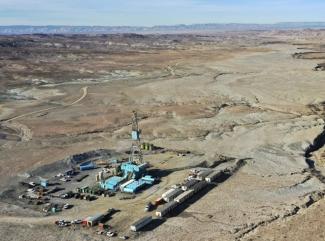A research and development project managed by NETL with the University of Utah and industry partner Zephyr Energy plc has unlocked the potential to produce significant volumes of natural gas and oil in eastern Utah’s Paradox Basin, providing the nation with a new source of plentiful energy from a region rich in hydrocarbon resources but challenging to develop.
“In the oil and gas industry, the Marcellus shale formation in the Appalachian Basin and the Permian Basin in the Southwest are among the top U.S. producers,” said NETL’s Stephen Henry, project manager. “This project, near the community of Green River, may reshape the energy landscape because it addresses challenges that have stood in the way of developing the northern Paradox Basin, which is a significant but largely untapped source of oil and gas.”
To unravel the structural complexities of the basin, the project team began work in 2019 to complete an extensive characterization campaign. The work called for drilling, coring and logging of a dedicated characterization well to collect data and study subsurface conditions.
The foundational work provided a wealth of information that built on existing data provided by Zephyr Energy and other sources that was ultimately combined and assessed to inform well optimization in the Paradox Basin.
Exploration efforts were funded with an $8 million research award under the U.S. Department of Energy (DOE) Office of Fossil Energy and Carbon Management Resource Sustainability, Advanced Remediation Technology program area and a $2 million contribution from project partners.
The project extended beyond the targeted Cane Creek reservoir of the Paradox Basin and revealed the presence of hydrocarbons in previously overlooked stacked play intervals.
The University of Utah, the prime performer under the award, and other team members employed advanced 3D geophysical analysis, enabling improved horizontal drilling strategies, especially in salt-laden zones. Hydraulic fracturing in these zones is challenging because water dissolves the salt, which can result in well instabilities and lead to salt migration and scaling, thereby hindering production.
“Due to such difficulties, only 4% of the total Cane Creek resource has been produced from 37 wells, 26 of which are still active producers,” said NETL’s John Rogers, technology manager, Science and Technology Strategic Plans and Programs.
As part of the project, a comprehensive geological characterization of the Cane Creek reservoir was also conducted, which involved detailed studies of core material and assessments of key properties such as rock porosity, permeability, fluid saturations and source rock potential.
In addition, advanced machine learning models were developed to predict the occurrence of natural fractures and faults and forecast the effectiveness of novel stimulation approaches. The primary objective is to use natural fractures as much as possible as pathways for facilitating the migration and flow of hydrocarbons to the well. From there, tactical stimulation strategies can be used to improve well productivity.
The team used the results of the studies to design two horizontal wells (State 16-2 and State 36-2R). Building on earlier successes with the State 16-2 well, the more recently developed State 36-2R well is projected to have an estimated ultimate recovery of up to 6 billion cubic feet of gas and 160,000 to 240,000 barrels of condensate (a very light oil primarily used to make fuels such as gasoline).
The well is producing from all three reservoir zones of the Cane Creek reservoir, with forecasts suggesting potential well performance that is comparable to the top 6% of hydraulically stimulated horizontal gas wells across key lower 48 onshore U.S. plays.
The U.S. Geological Survey estimates mean undiscovered recoverable oil and gas resources from the Cane Creek play of more than 1 billion barrels of oil equivalents, making the development of these sizable resources an important step to maintain U.S. energy dominance and independence.
The success of the project and the State 36-2R well marks an important step forward in unlocking the potential of the Paradox Basin and offers a model for approaching the development of other complex, unconventional resource plays.
NETL is a DOE national laboratory dedicated to advancing the nation’s energy future by creating innovative solutions that strengthen the security, affordability and reliability of energy systems and natural resources. With laboratories in Albany, Oregon; Morgantown, West Virginia; and Pittsburgh, Pennsylvania, NETL creates advanced energy technologies that support DOE’s mission while fostering collaborations that will lead to a resilient and abundant energy future for the nation.




